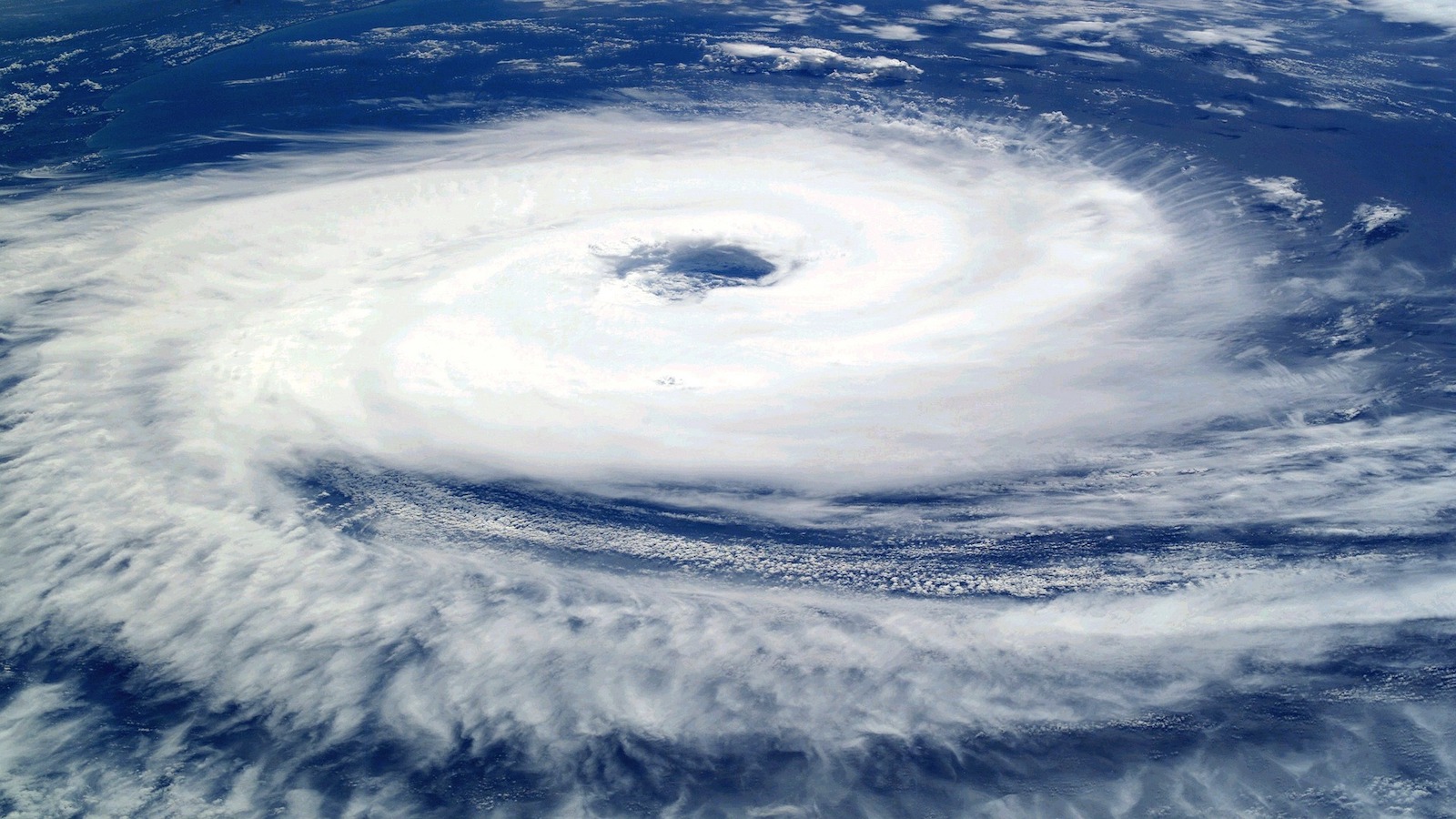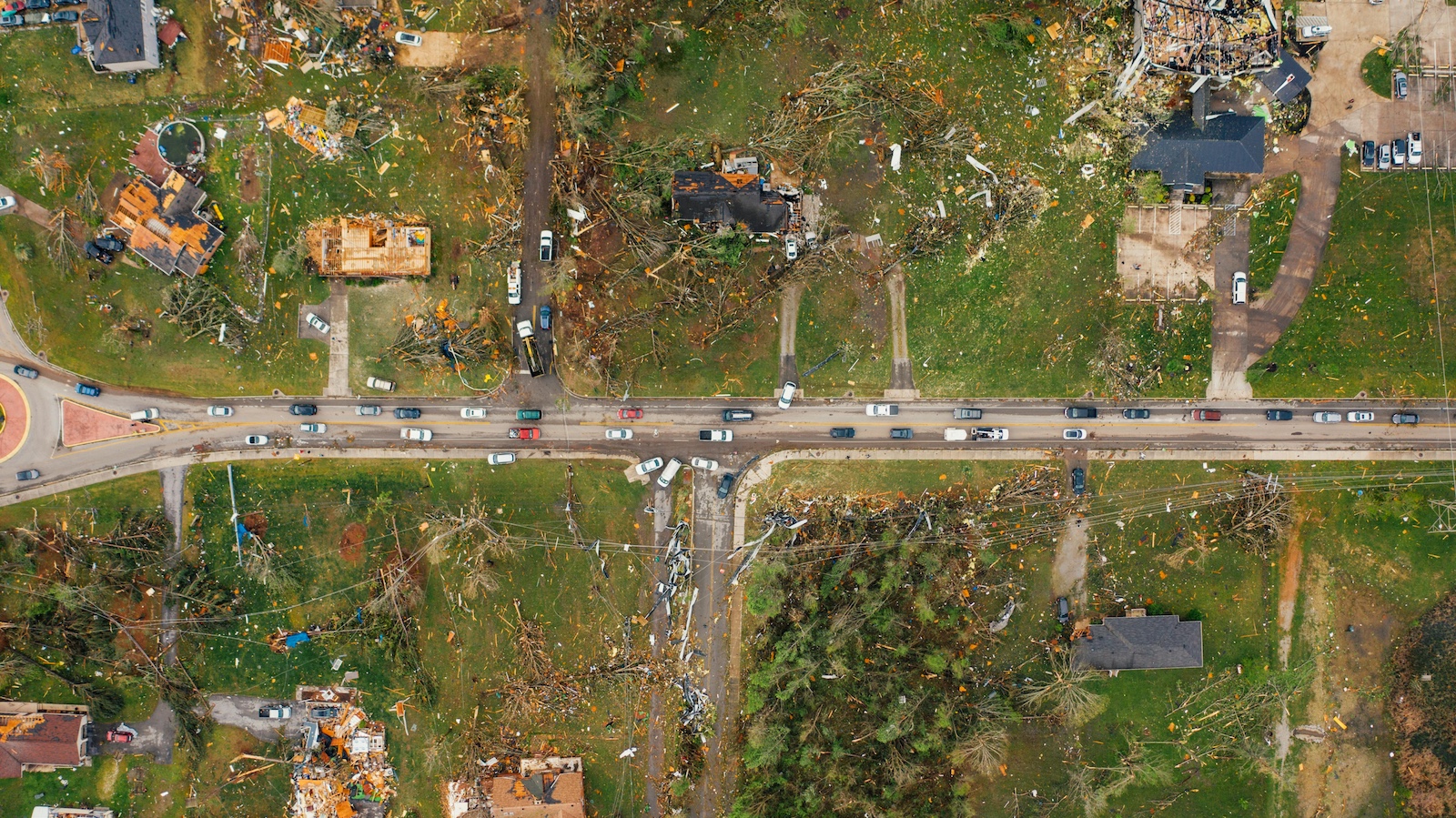Damage can be prevented or greatly reduced with proper planning in all stages of hurricane preparation--before, during and after.
Hurricane season begins June 1. Experts are calling for a more active season this year, with the Weather Company forecasting 14 named storms, seven hurricanes and three major hurricanes, above the 30-year average.
Certainly the population growth and expansion of industries, particularly in the developing world, will ensure that losses from hurricanes will continue to increase. While hurricanes cannot be prevented, losses can be greatly minimized by adequate preparation before the hurricane arrives, including the development and implementation of a comprehensive written hurricane emergency plan.
Here are some tips to help businesses minimize damage and get back to work quickly after a hurricane or significant windstorm:
Pre-Hurricane Planning
The key to minimizing damage is adequate preparation before the hurricane arrives.
- Assign emergency organization roles and responsibilities
- Provide annual training
- Assemble emergency supplies and equipment in a safe location such as plastic tarps, mops, squeegees, emergency lighting, battery-operated radio, tape for windows, lumber and nails, etc.
- Plan for salvage and recovery, including maintaining a list of key vendors, contractors and salvage services
- Anchor large equipment, such as cranes and draglines, in accordance with manufacturers' guidelines
- Fill fuel tanks of generators, fire pumps, company-owned vehicles, etc.
- Be prepared to shut down operations if necessary
See also: How to Predict Atlantic Hurricanes
During Hurricane
- Keep emergency response team personnel at the facility, if safe to do so, and have them prepared to respond
- Continue to monitor weather reports for information on potential storm damage, access to property, utility outage, etc.
- Update management and maintenance accordingly
- Patrol the property continuously and watch for roof leaks, pipe breakage, fire or structural damage
- Constantly monitor any processes, equipment, boilers, furnaces, etc., that must remain online during hurricane
- During power failure, turn off electrical switches to prevent reactivation before necessary checks are completed
After Hurricane
- Secure the site to prevent unauthorized entry
- Organize and prepare emergency crews for salvage and cleaning operations
- If safe to so, conduct an immediate damage assessment, paying particular attention to structural damage, utilities, roof coverings, production and process equipment, fire protection equipment and areas subject to flooding
- Notify utility companies of any outages or damages
- Call key personnel and notify contractors to begin major repairs
- Initiate salvage operations
- Review the effectiveness of the hurricane emergency plane and revise as needed.
See also: Hurricane Harvey’s Lesson for Insurtechs
Damage can be prevented or greatly reduced with proper planning in all stages of hurricane preparation. As we enter the 2019 hurricane season, these steps can help minimize overall damage because there is great preparation before and after; the steps also efficiently help rebuild businesses after the damage.








